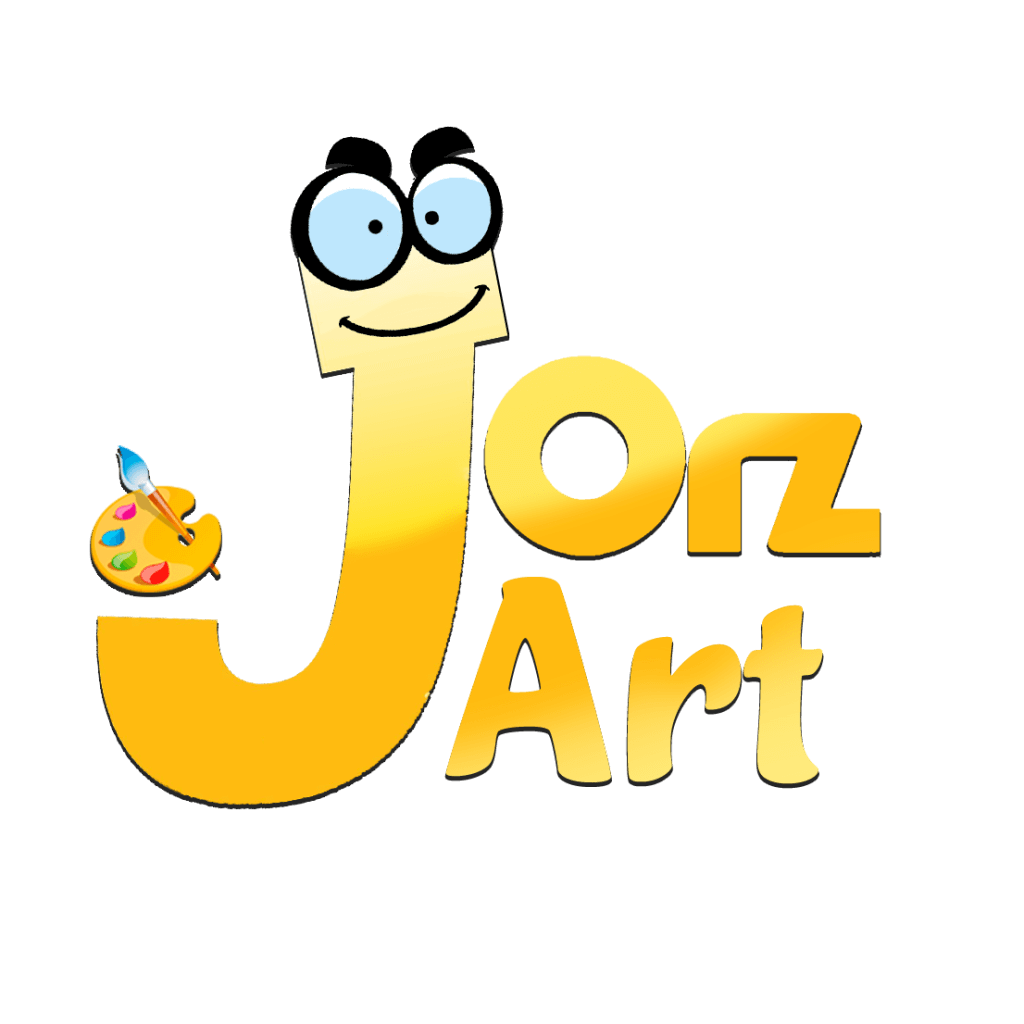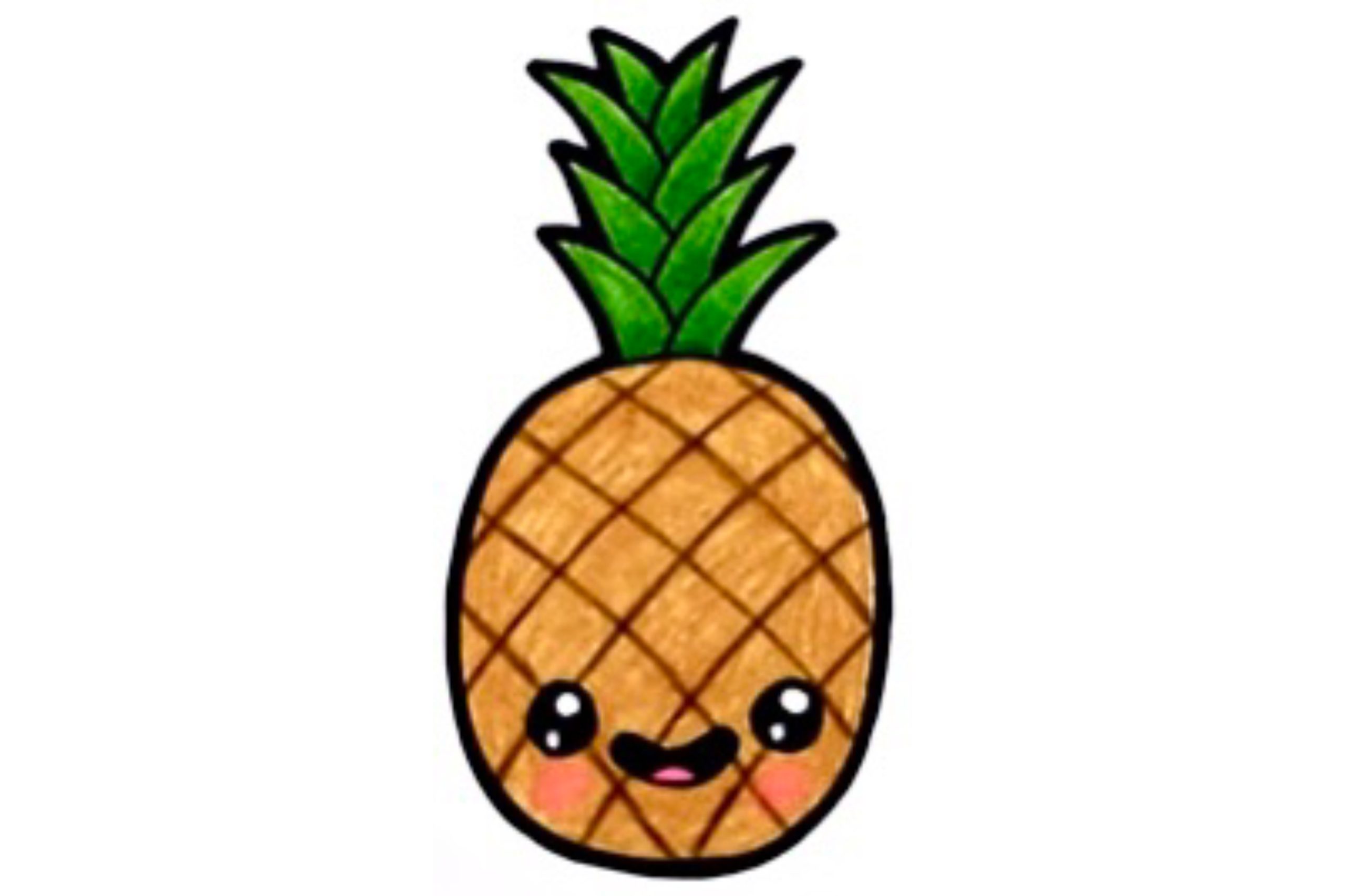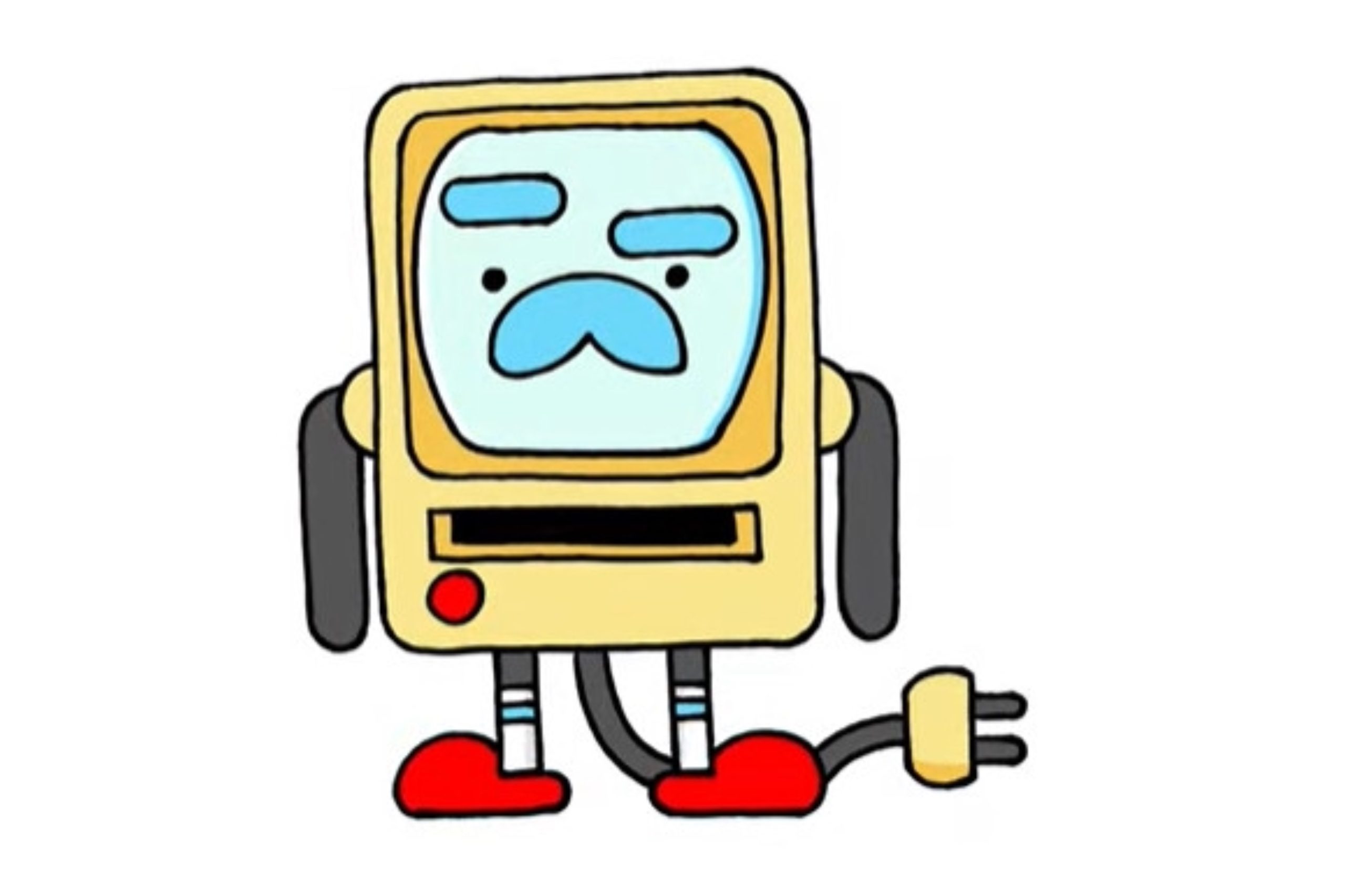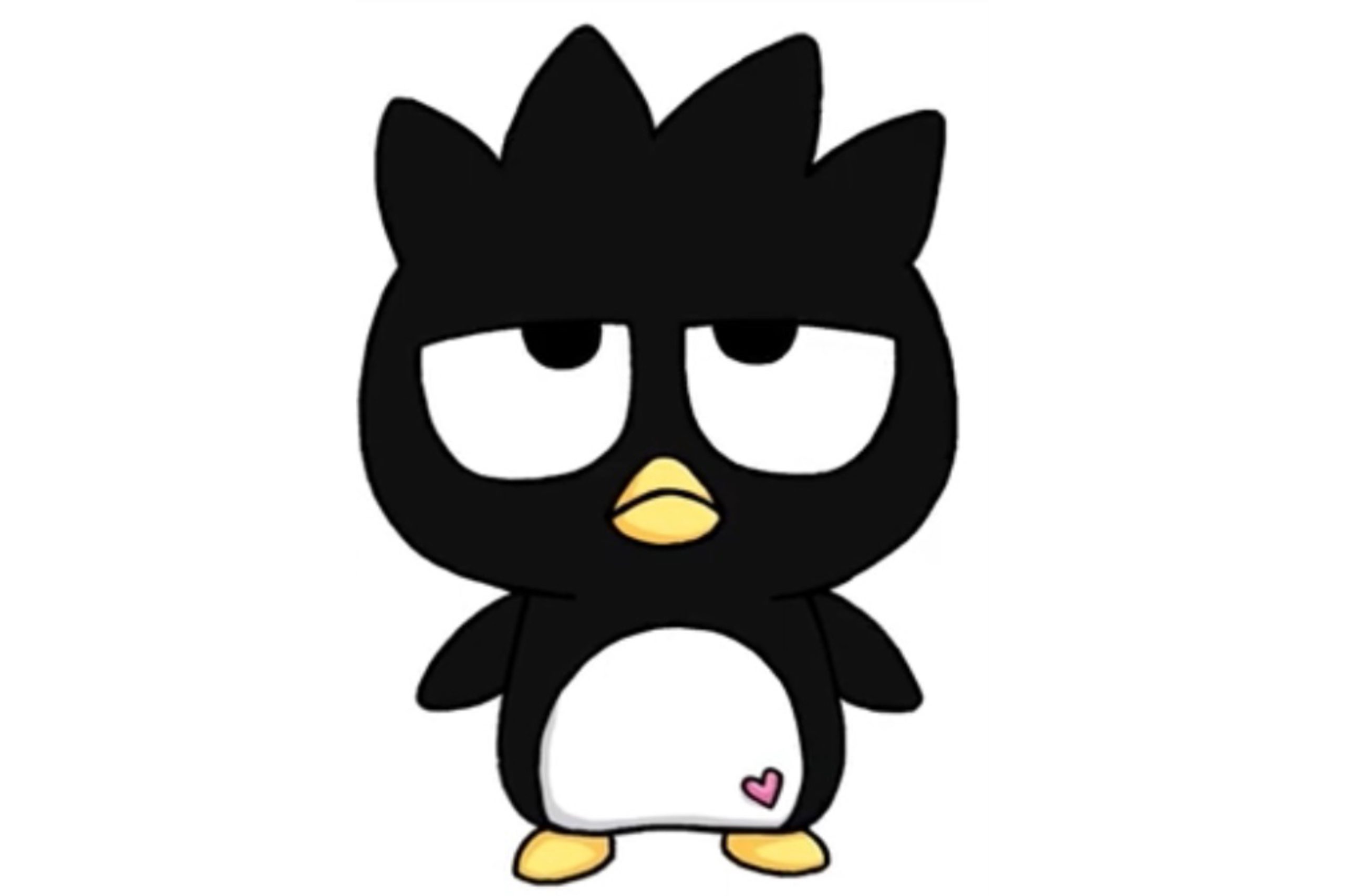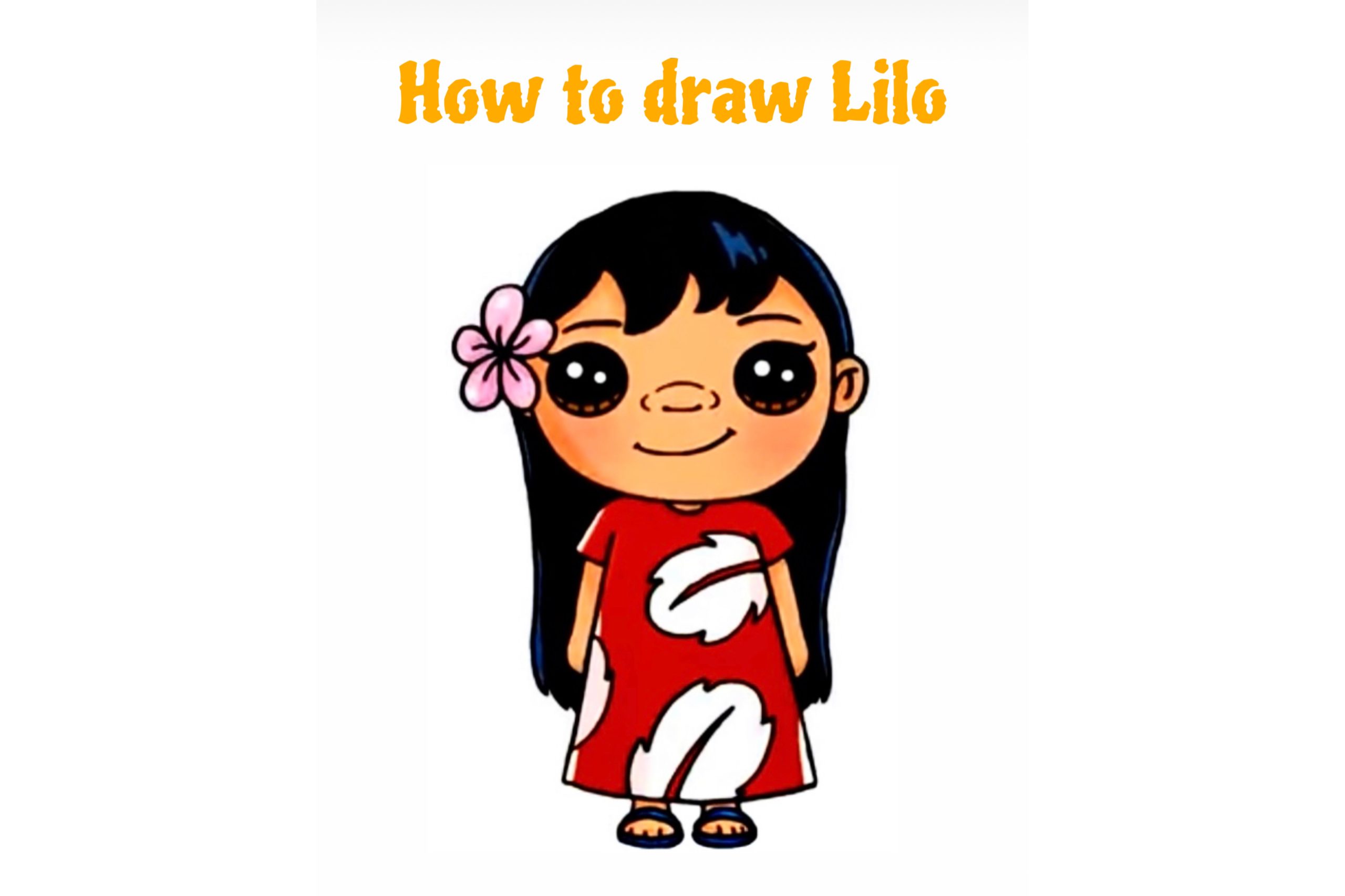Coloring Techniques
Watercolor Techniques To Create Masterpieces
In today’s blog, let’s join Jorz.art to explore popular watercoloring techniques and learn how to apply them to create unique and captivating works of art!

Techniques for using watercolor are very diverse
Wet On Wet
Wet-on-wet is one of the most popular watercoloring techniques. To start, use a soft, flat brush to brush clean water onto the paper. Be careful not to apply too much water—just enough to moisten the paper. Then, take a little color and mix it with water. Use a damp brush to pick up the color and dab it on the wet paper. While the paper is still wet, try tilting the paper so that the color can spread to the areas you like. This technique can also be used for the first color underlay on paper.
For this drawing method, we should pay attention to the color level. In the following steps, more color is added than the amount of water to get the contrast of lightness and clarity of color. Using a lot of water appropriately will make the work more spreadable. This technique is suitable for paintings of nature, clouds, sea water, or paintings that need to create a smooth matte effect and a natural blend of colors.


Wet On Dry
This is probably the technique that people use most often, especially for those who are just starting to learn watercolor painting. We just need to mix the colors and paint straight on the paper, and we’re done. To make the painting more beautiful, we need to take enough water and paint it evenly.
This technique can create a hard color effect that is not as soft as the wet-on-wet technique. It is necessary to wait for the paint layer to dry before continuing to work on the surface. If there is too much water, the paper will curl, and the color will easily spill out. The color also spreads and is not even beautiful. If we take too little water, the bowl won’t have enough space. If another color is applied over it, the color will be blurred. Therefore, enough and even is quite an important factor to apply this technique most proficiently.
Wet-on-dry technique is suitable for detailed paintings, urban scenes, architecture, or paintings that require precision and sharp lines.

Dry Brush
This is a technique of drawing with a nearly dry pen on dry paper to create rough scratches. This technique will be very effective with a cold press and rough paper.
However, this technique can blur the colors and cause an uneven color layer on the paper surface. If the pressure and amount of color on the brush cannot be controlled, it may cause smudges or scratches on the paper.
This technique is suitable for landscape paintings with clarity and detail, color prints or works that require the prominence of lines.

Flat Wash
This is a more advanced technique than the wet on wet technique, and the color is applied evenly and gently. With this technique, we can create a smooth and even layer of watercolor using a large square brush or calligraphy brush.
The advantage of this technique is that it helps create a uniform and flat color layer over the entire area, easily creating the background for the painting and creating uniformity in color. However, it can cause cracks or unwanted effects if not done properly.

Graded Wash
With this watercolor technique, the color will gradually lighten or darken with each brush stroke. First, you will paint a dark stroke. Then, quickly mix the remaining color on the brush with water to paint the second stroke. And then the 3rd and 4th strokes are similar, and the color will gradually fade. The steps with this technique may seem quite time-consuming, but if you get used to it, it will be quite quick and easy. This technique has many similarities with the wet-on-wet technique. The difference is that even if it is difficult to control, this technique creates smoother color transitions rather than wet-on-wet.
The disadvantage of this technique is that it requires the artist’s skill to control the thickness and amount of water during the drawing process. It also makes it difficult to create a uniform, spot-free layer of color.
This technique has the advantage of creating a beautiful color transition effect, making it suitable for painting skin, hair, and sometimes landscapes.

Blending
The blending technique in watercolor is the process of combining different colors to create smooth and soft transitions between them. This technique creates smooth transitions between colors in water paintings. This creates interest and sophistication, bringing enchantment to the work.
However, blending is a technique that requires skill and patience to blend colors accurately. Controlling opacity requires meticulousness and skill to achieve the desired results. This can be challenging for beginners or those without much experience in watercolor.

Glazing
Glazing is one of the popular watercolor techniques that helps create colors by overlapping layers of color. The newly created color still follows the principle of color mixing but does not lose the natural color of the component colors.
The downside to this technique is that you need to wait for the previous color layer to completely dry before continuing to work on the surface.
The glazing technique is suitable for portraits, landscapes with color and aesthetic complexity, and works of art that require sophistication.


Lift Out
This method is used to remove watercolor that has been drawn on the surface of paper. It can create lighting effects and highlight contrasting elements in a work of art.
Lift Out watercolor technique can damage the paper surface if not done properly. Rubbing too hard or using strong detergents can scratch or tear the paper. Although this technique can be used to correct errors in the work, it has limitations in treating watercolor stains that have dried hard or have penetrated deeply into the paper.


Salt Technique
The Salt Technique creates a random, irregular, and uniquely structured effect. By spreading salt on the wet watercolor surface, it creates a special textural effect. After you finish painting the paper with watercolors, sprinkle some salt on it and wait until it dries and then remove the salt from the drawing page. This creates excitement and creativity during use. You will be surprised at the beautiful effects this watercolor technique brings. However, a disadvantage of this technique is that the final result cannot be controlled. Salt can cause turbulence and create an uneven water surface on paper.

Feather Out
This technique uses a wet brush to blur the edges of a painted area, creating a smooth transition between colors or creating a blurred effect.
However, to blur the edges correctly requires skill and patience. Additionally, it is necessary to work quickly to prevent the watercolor from drying out.
Feather Out technique is often used to blur the edges of skies or mountains, or to create a soft effect in water paintings.


Splatter
This watercolor technique is used after the painting is almost completed. You will spray color onto the surface of the paper using a brush or other tools, such as a brush, pencil, or your hand, to create random splashes of color. By splashing watercolor onto the surface, it creates vibrancy and contrast in the painting. It can also be used to create small and interesting details.
However, a limitation of this technique is the lack of control over the final result. Splashing watercolors can cause disturbances and damage unwanted areas.
This method is suitable for painting galaxy or landscape paintings or creating the effect of rain, snowfall, or other small details in water paintings.

Resist
The resist technique involves using a reactant such as wax, glue, or waterproofing agent to create a waterproof area that prevents watercolor from penetrating into it. This technique is often used to create bright details, graduations, or special effects in water paintings.

Before you start drawing any work of art, imagine and choose a topic you want to draw. It can be anything you love, such as flowers, landscapes, animals, or scenery. Then, make an initial sketch on rough paper with a pencil to determine the location and proportions of the main elements in the picture. To know the correct watercolor painting process, you can read the article How To Use Watercolor Properly

Choosing the right brush also makes your watercoloring process even more successful

Don’t forget to learn how to mix colors too
Jorz.art has helped you explore popular watercolor techniques. Each watercolor technique has its own merits and drawbacks, and artists can leverage these characteristics to create unique artistic pieces. Some techniques are simpler than others, but no matter where your level is, you can still complete these paintings perfectly if you have a good grasp of how to use watercolor. We also provide lots of coloring pages on different topics, which you can print out and practice coloring to improve your skills. Have fun!
In today’s blog, let’s join Jorz.art to explore popular watercoloring techniques and learn how to apply them to create unique… View More
